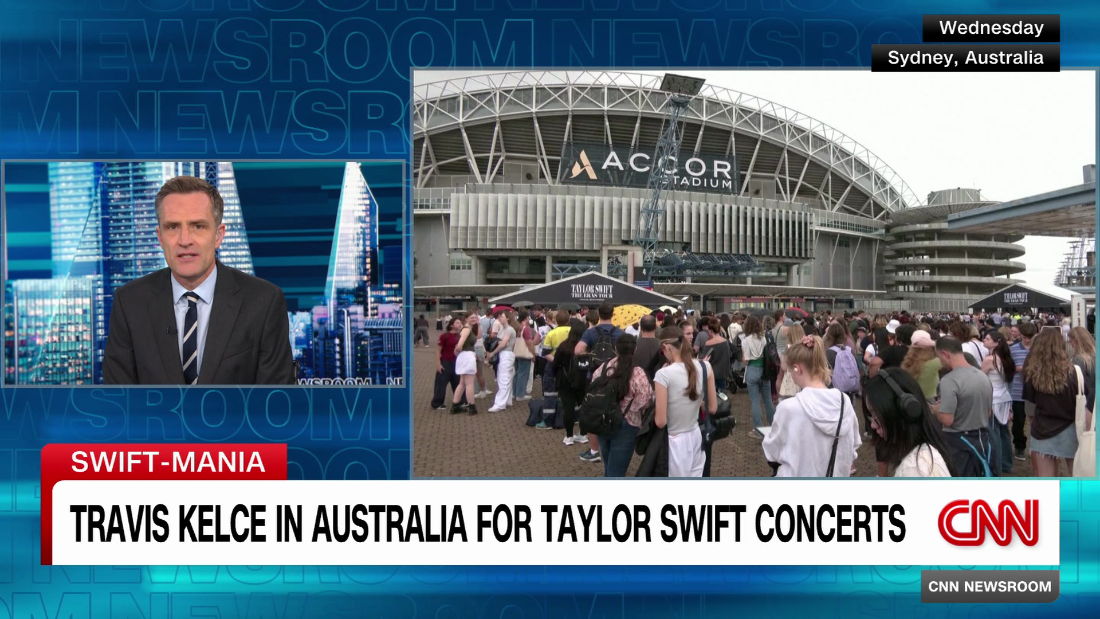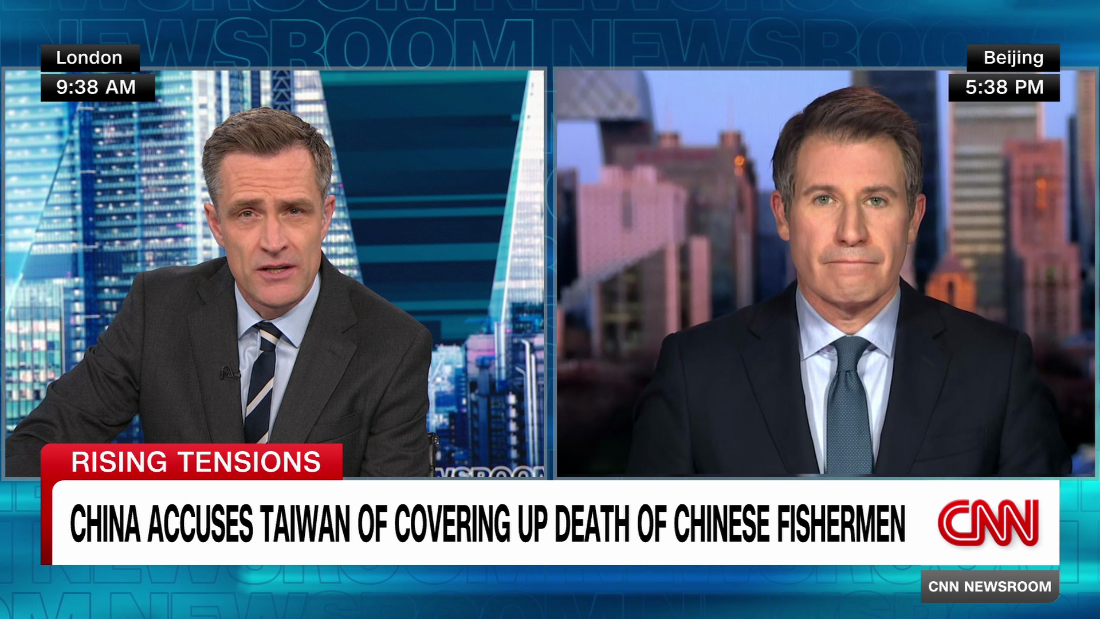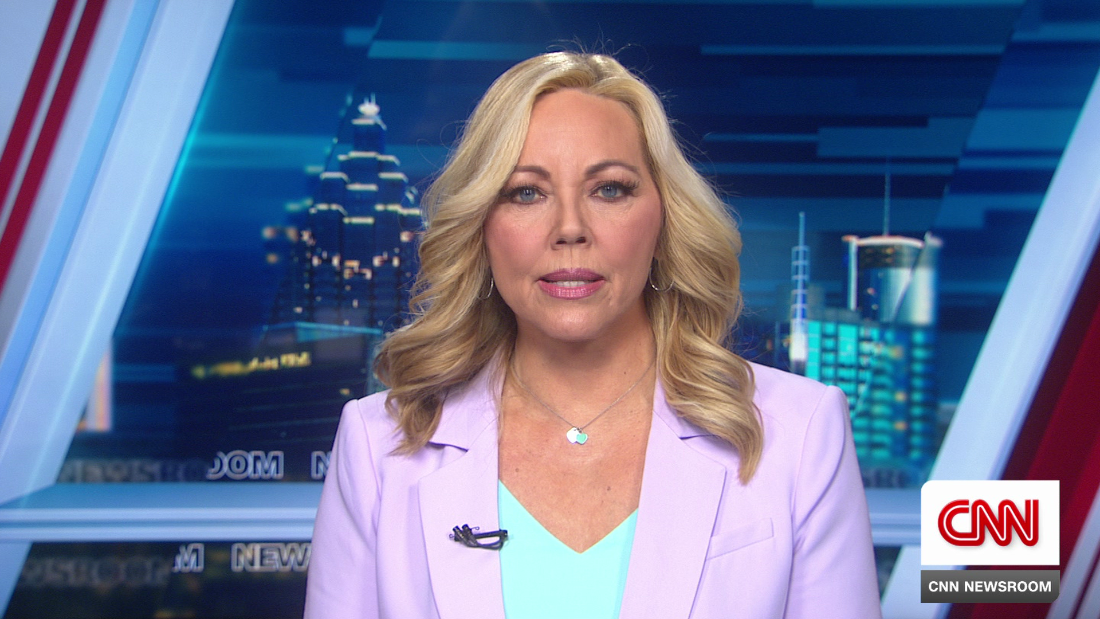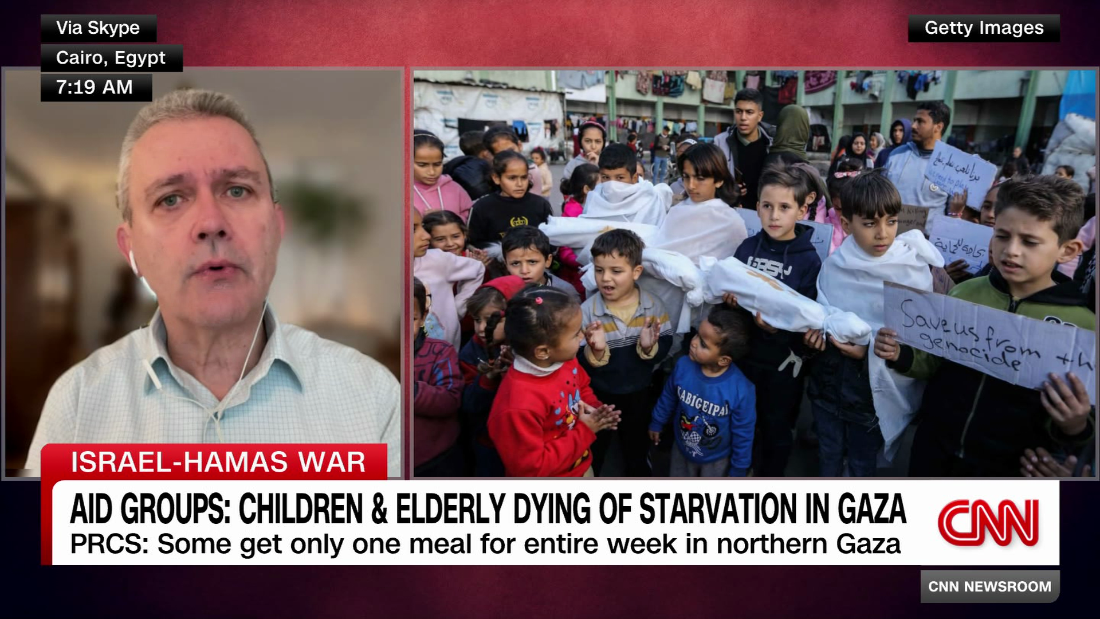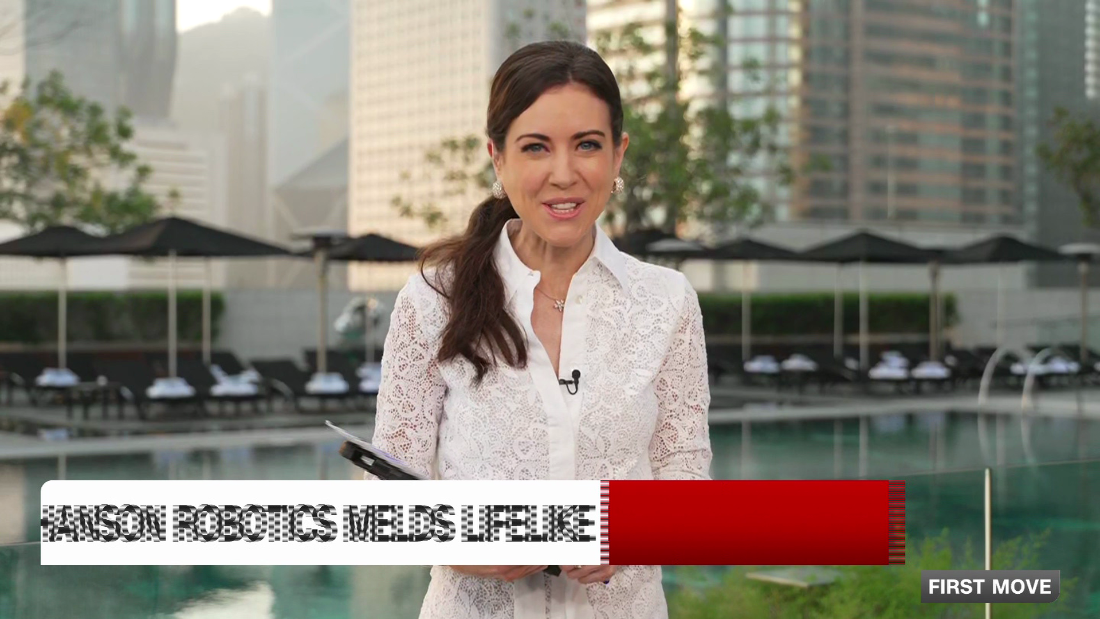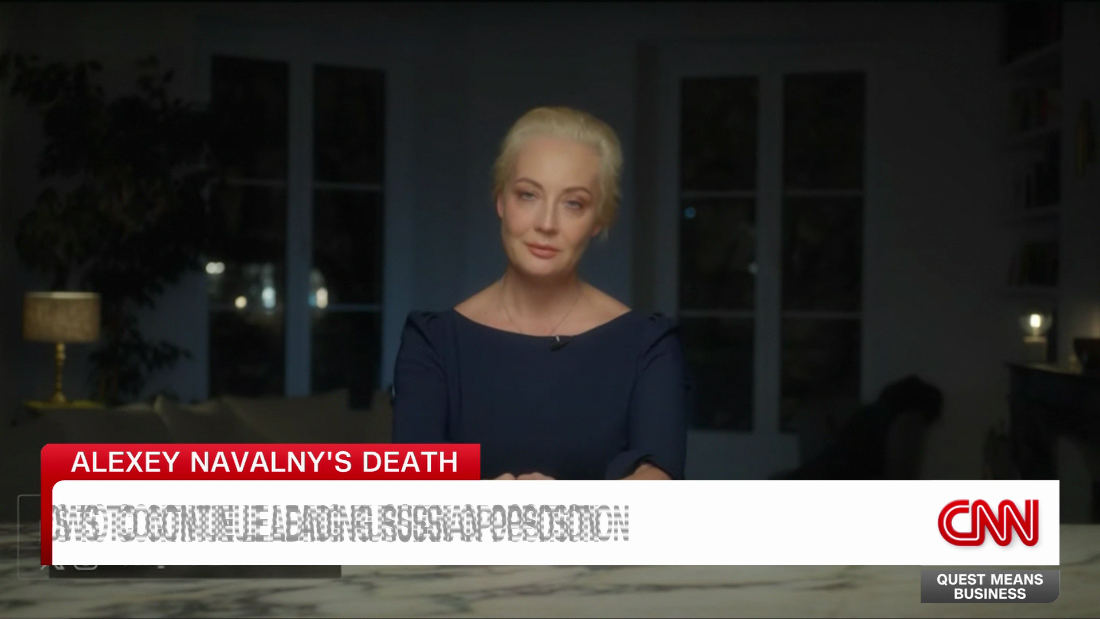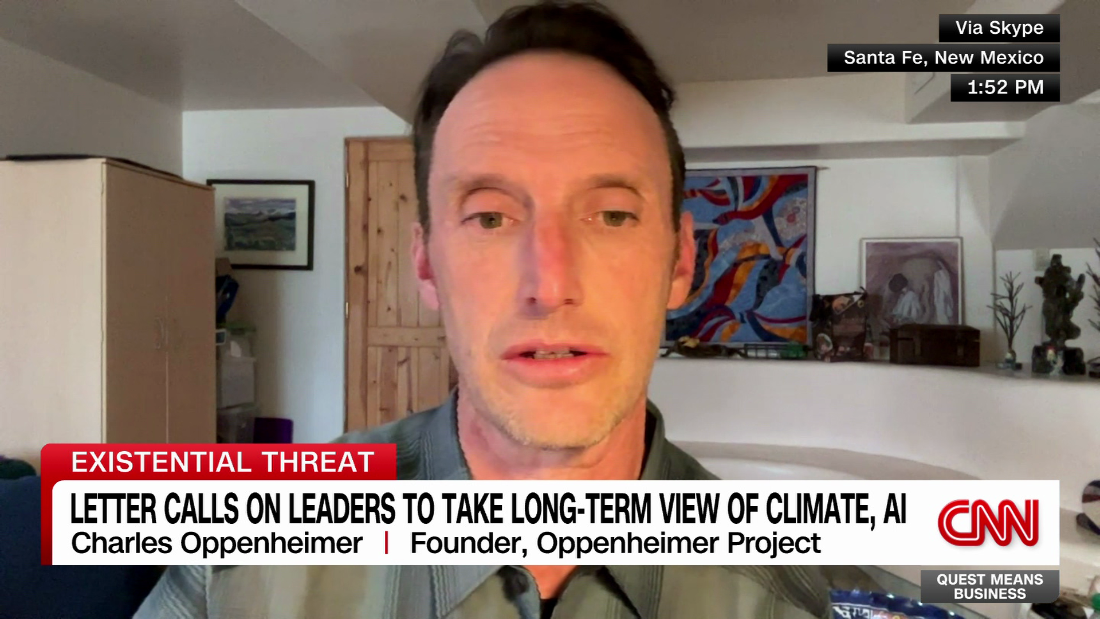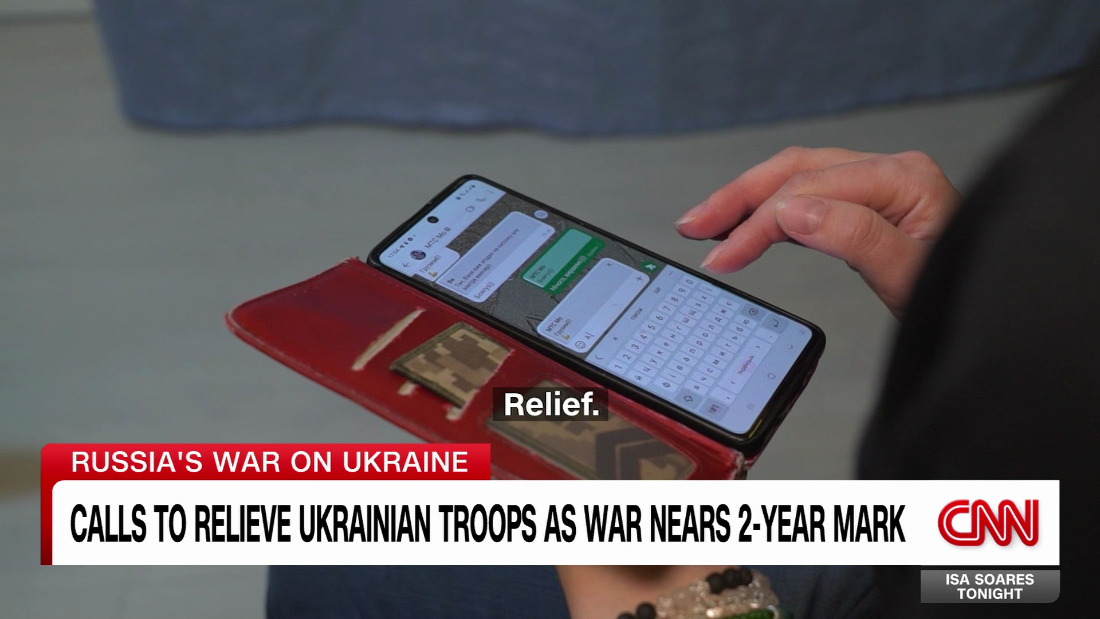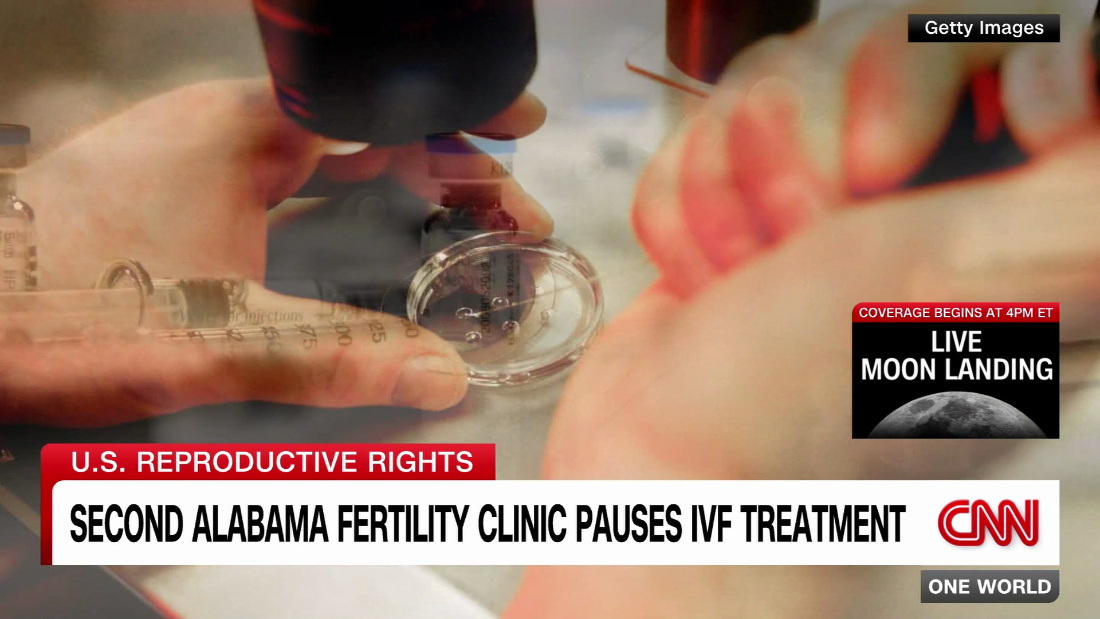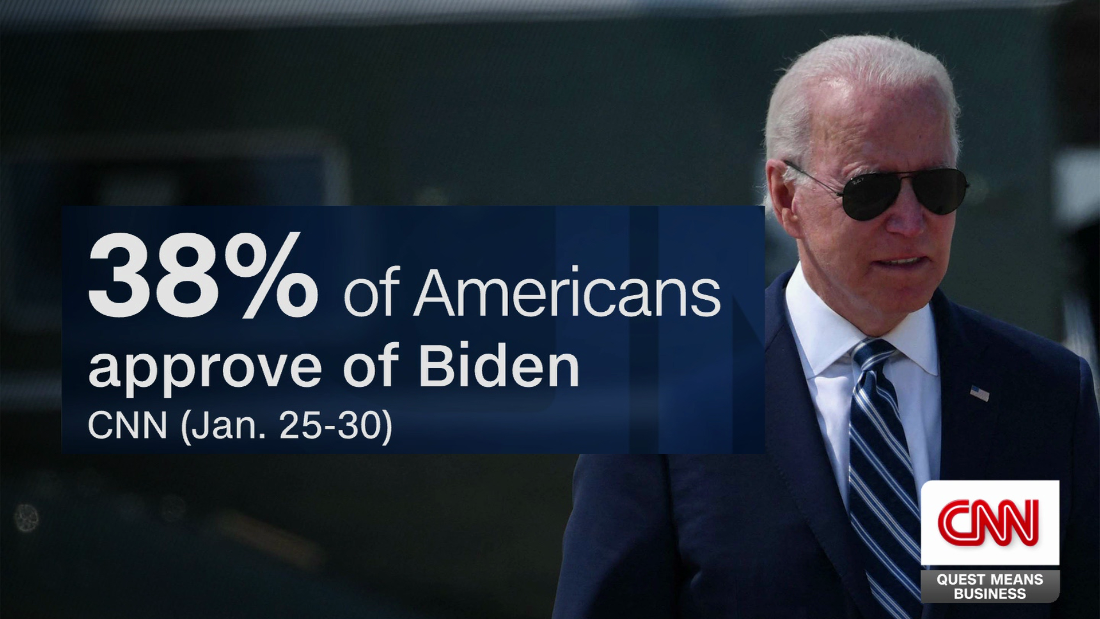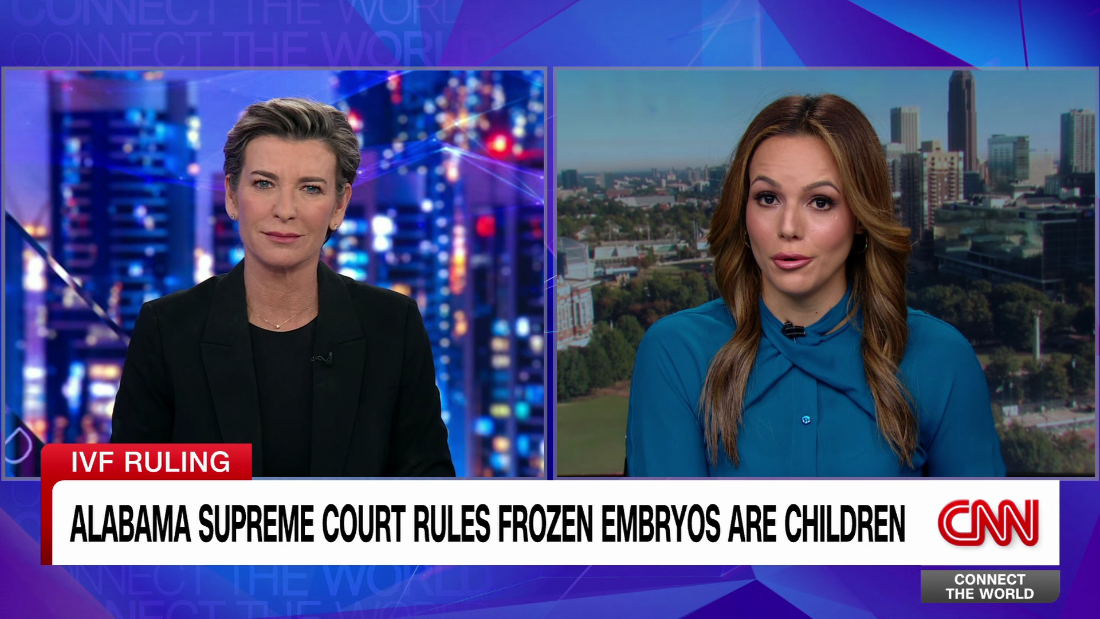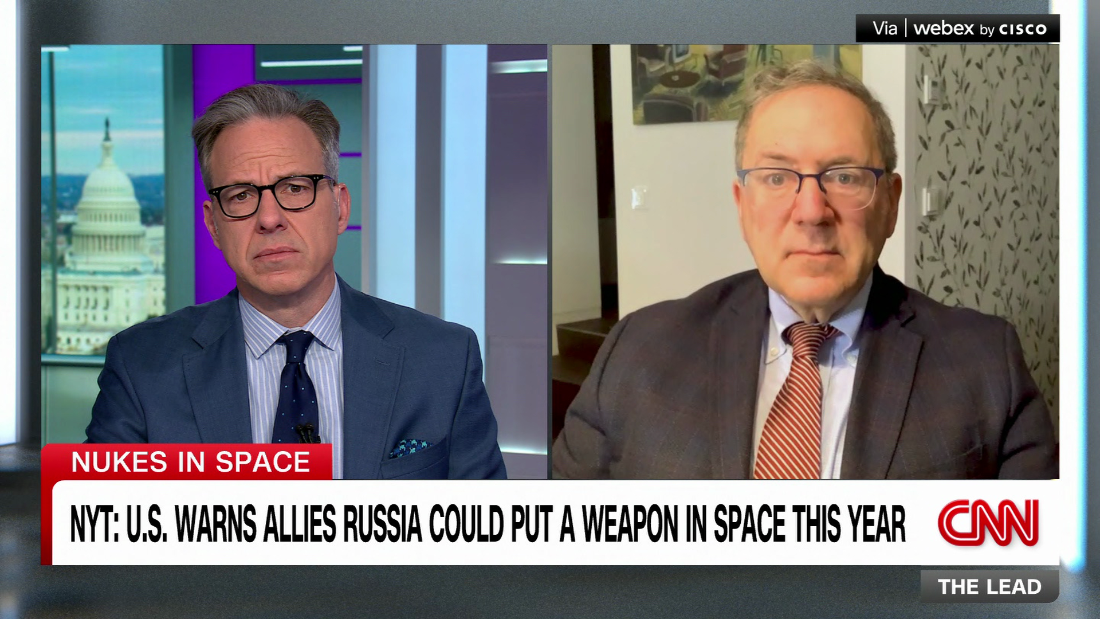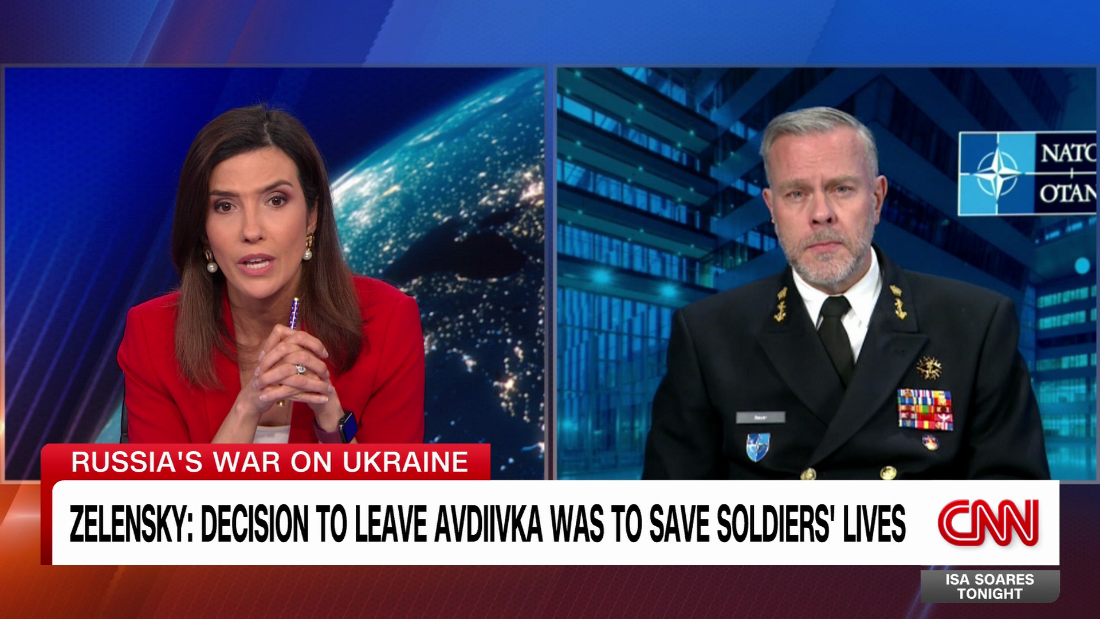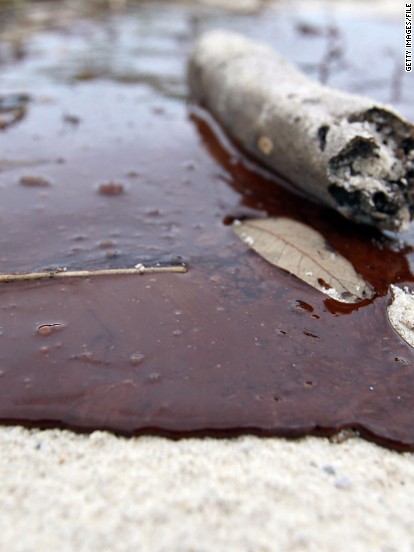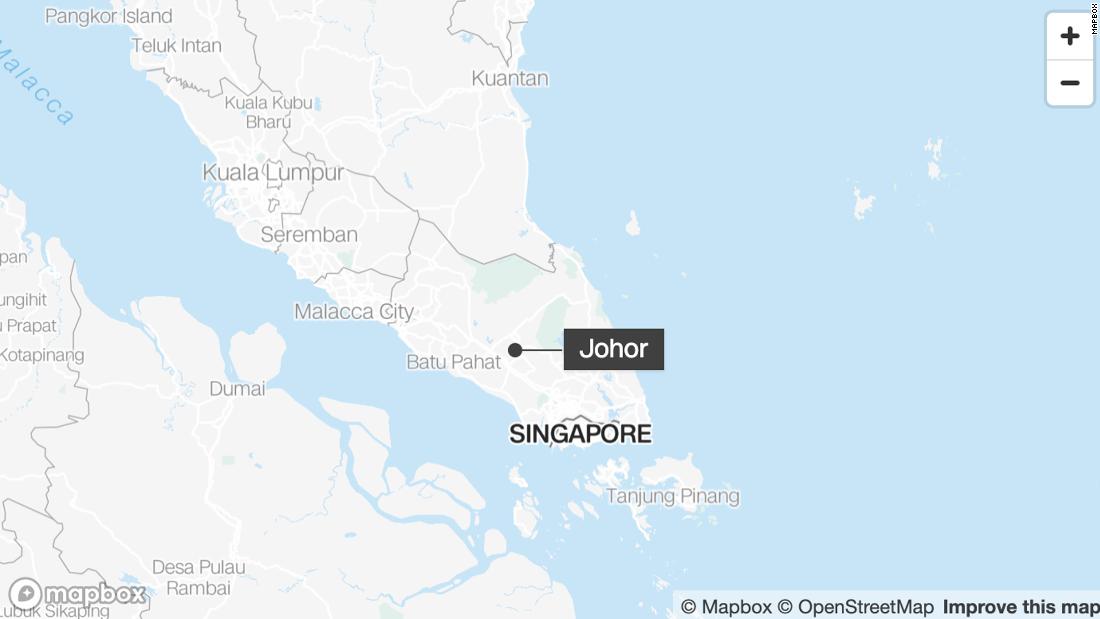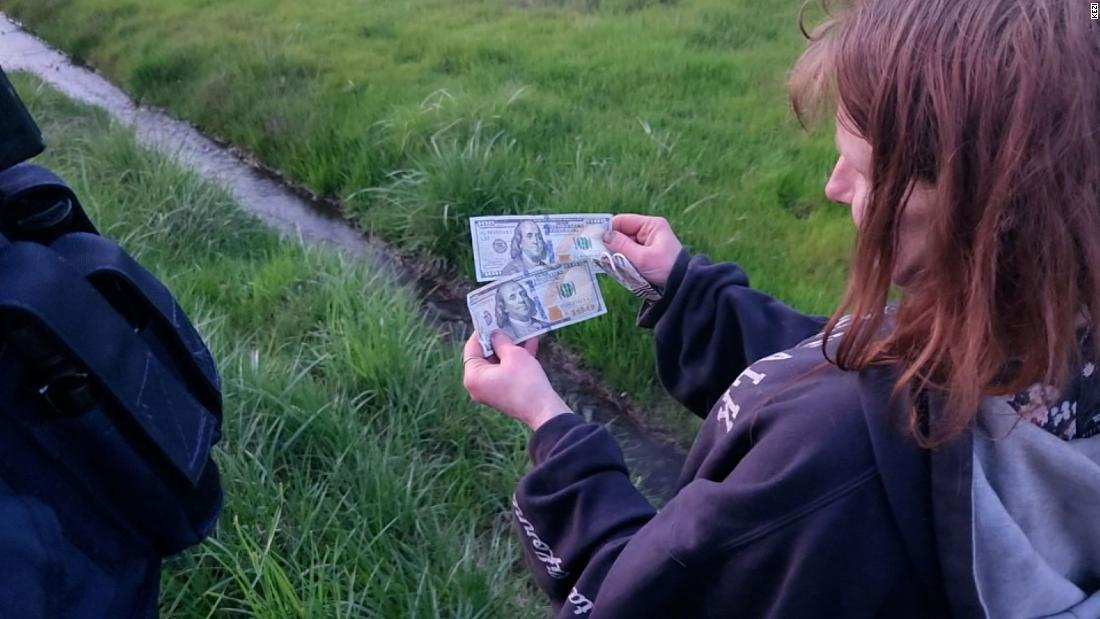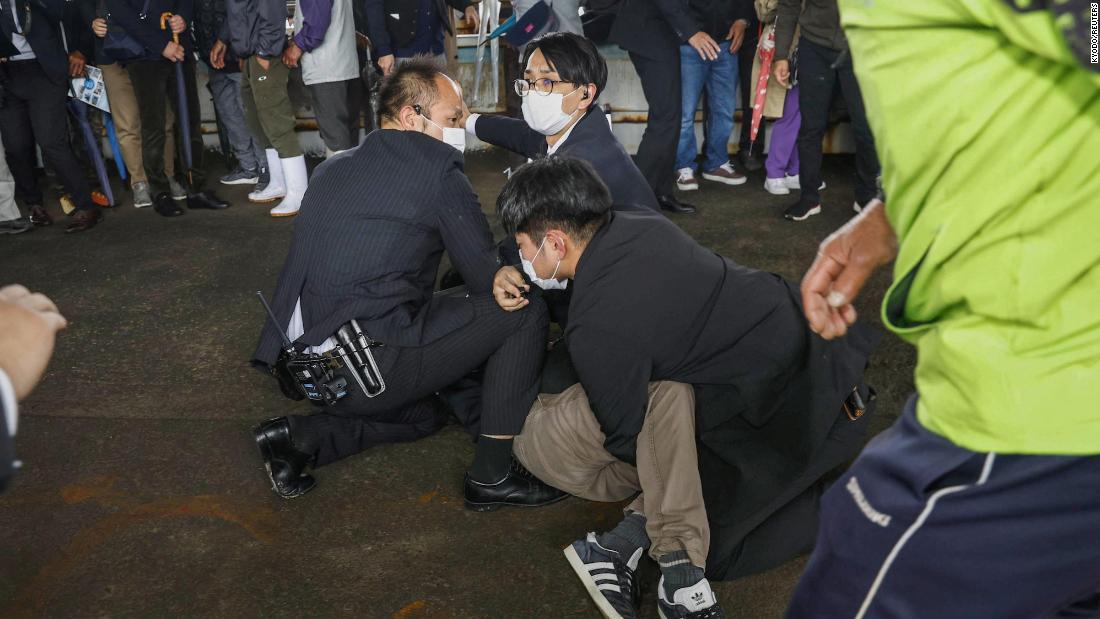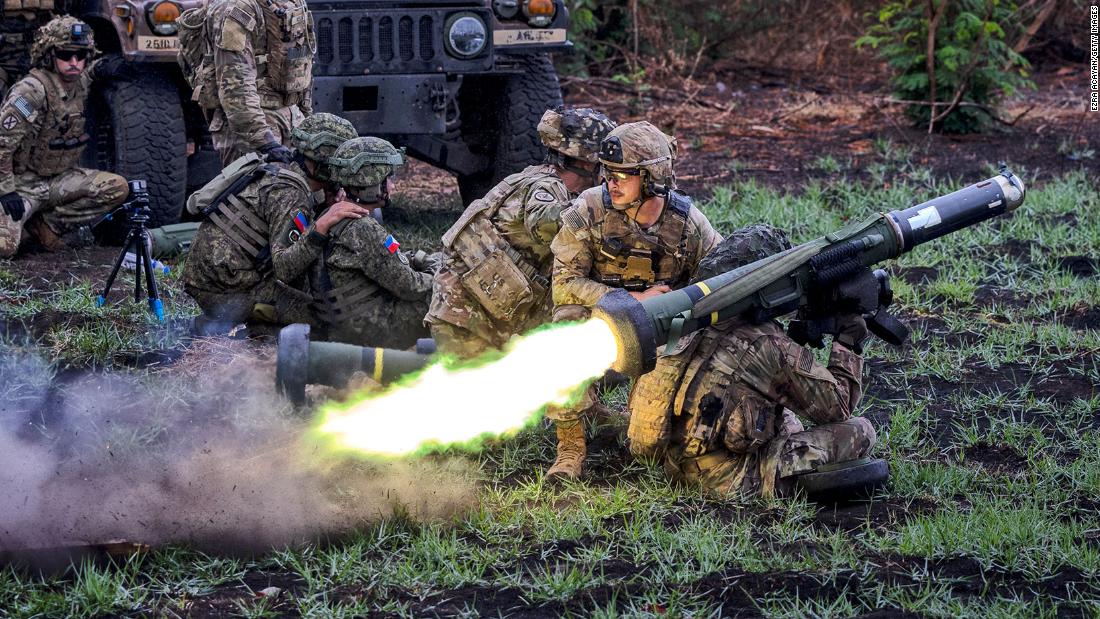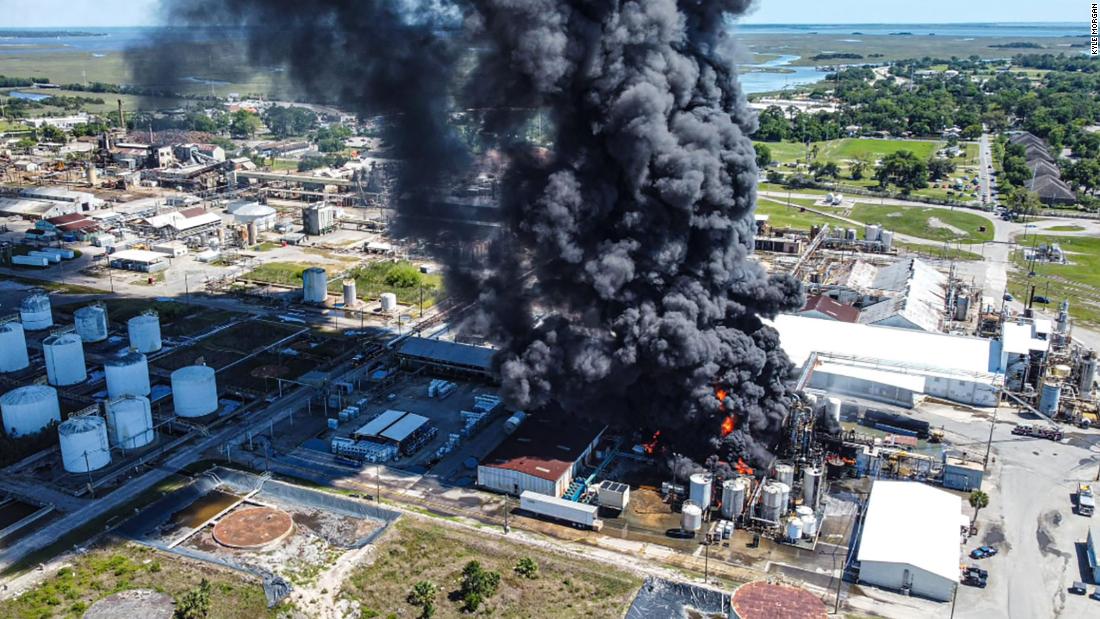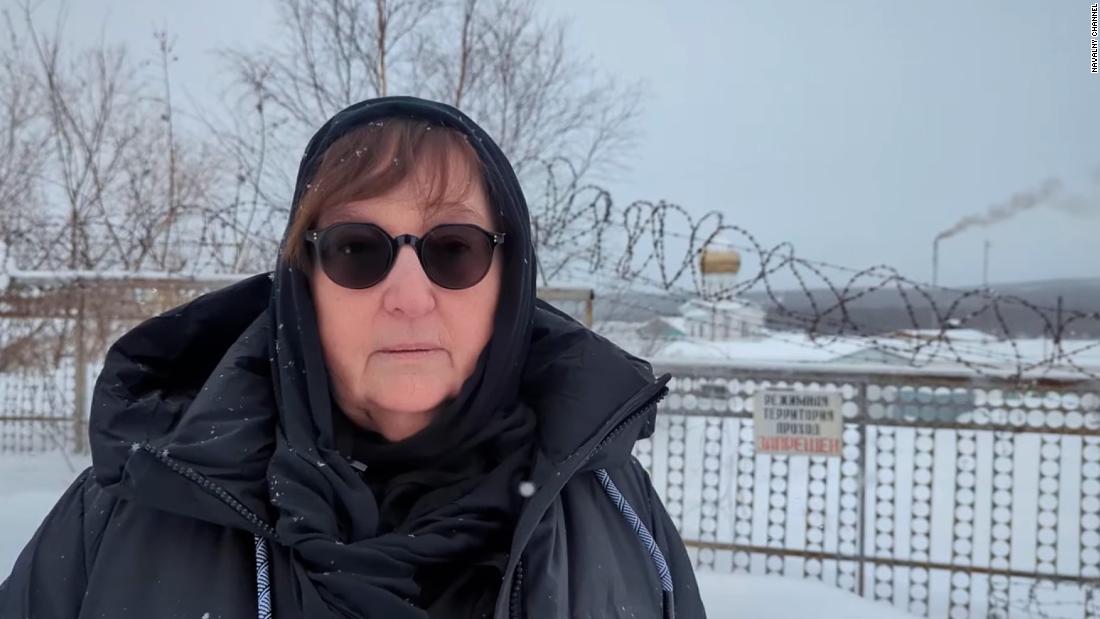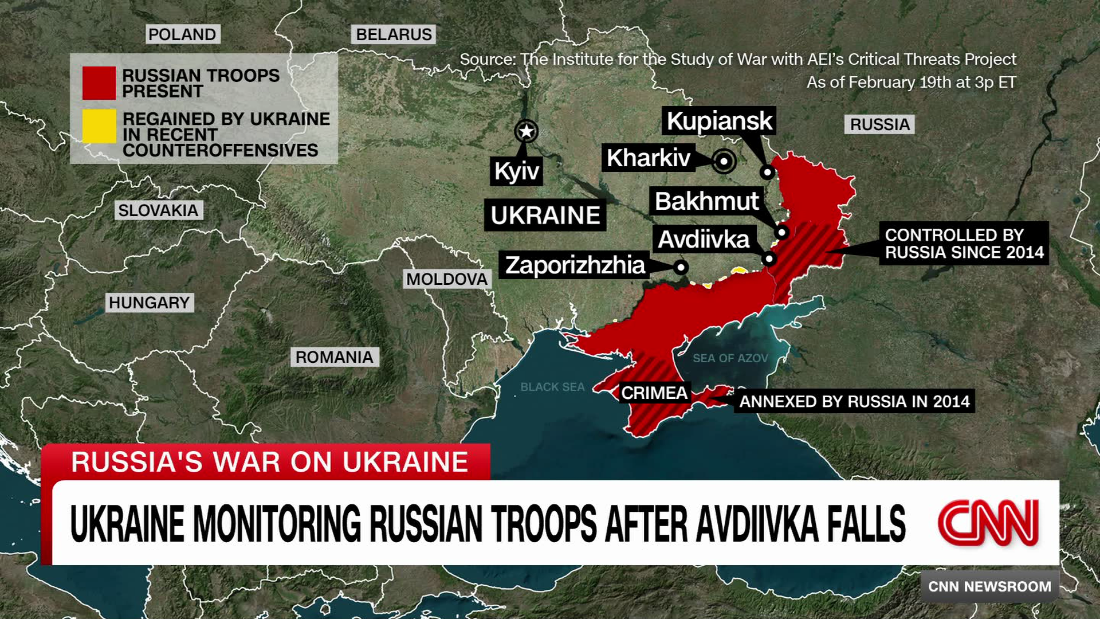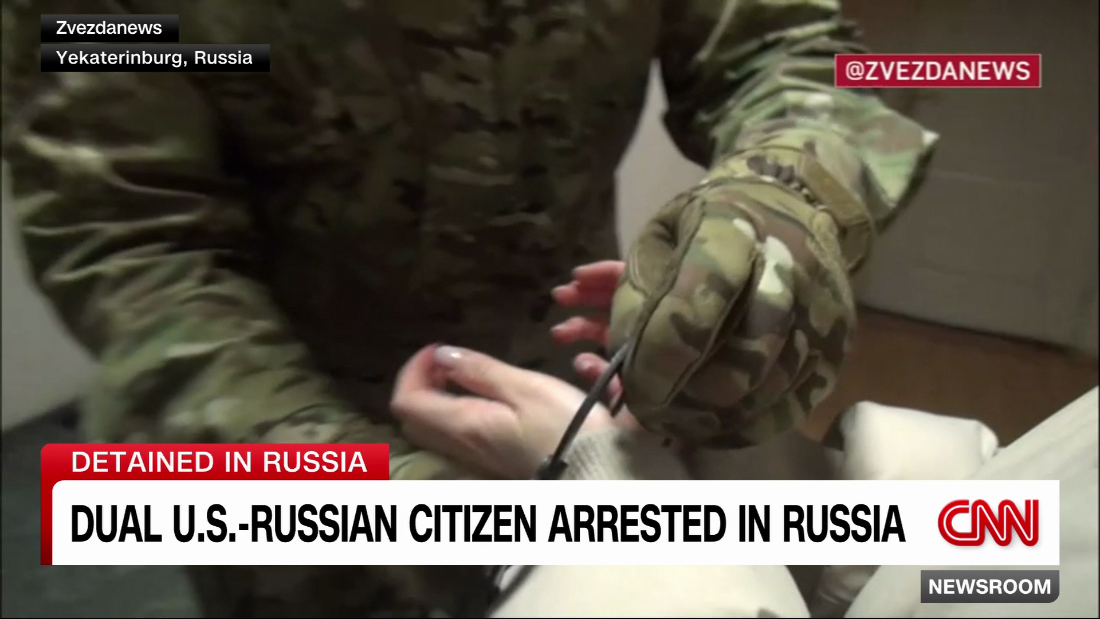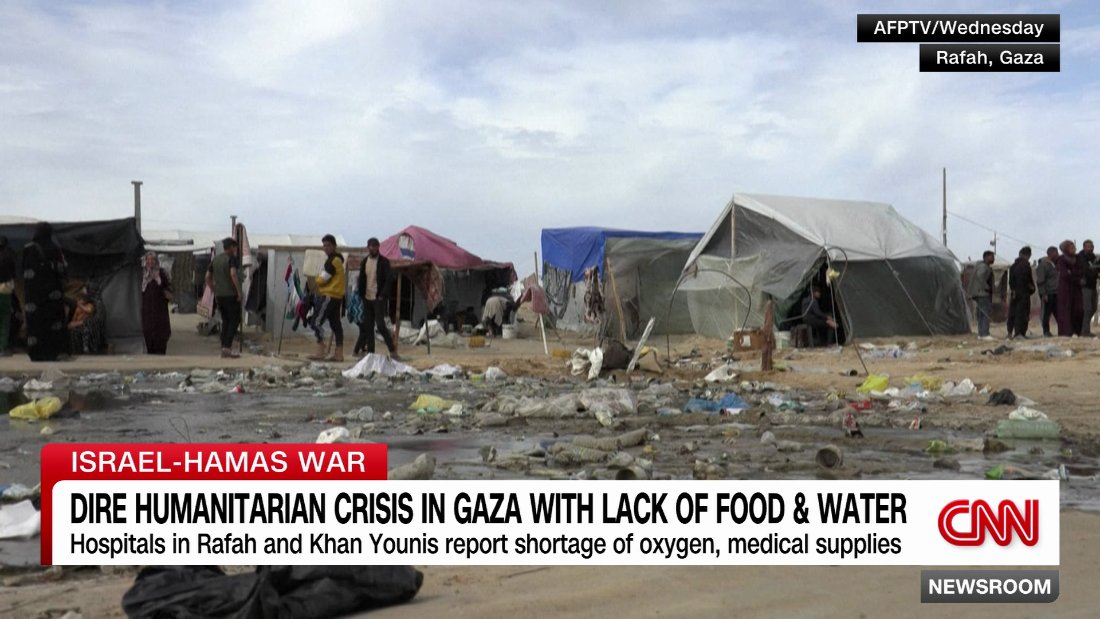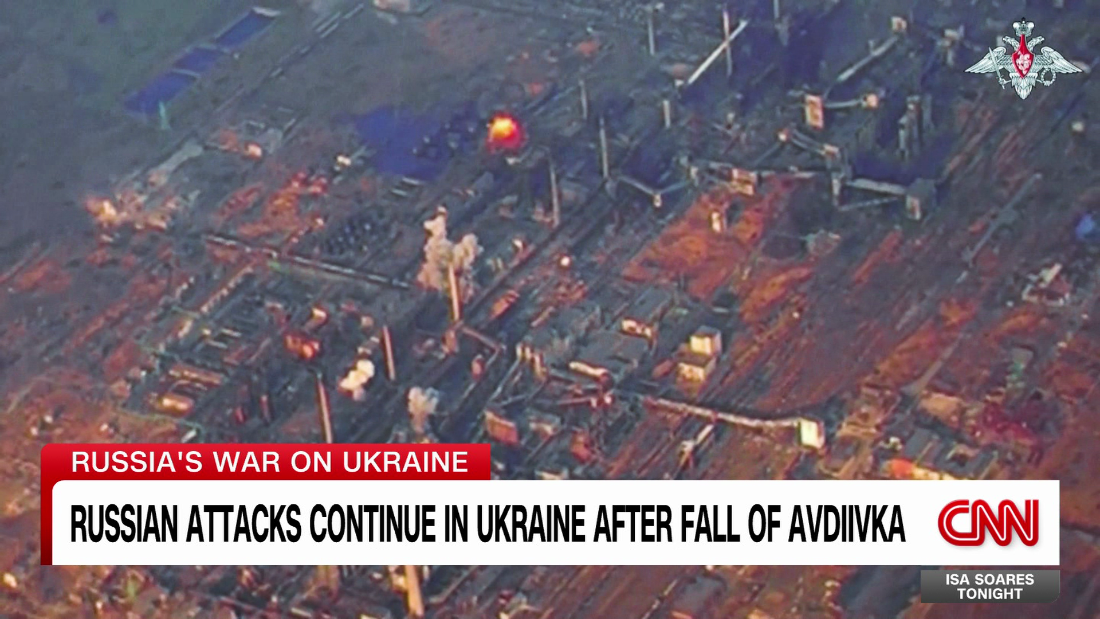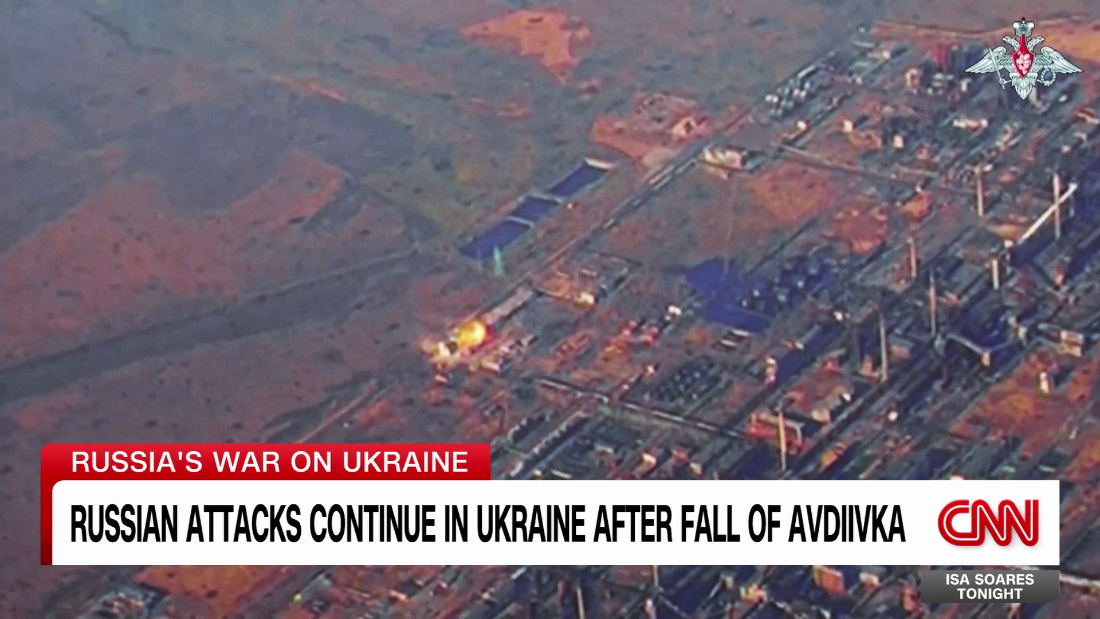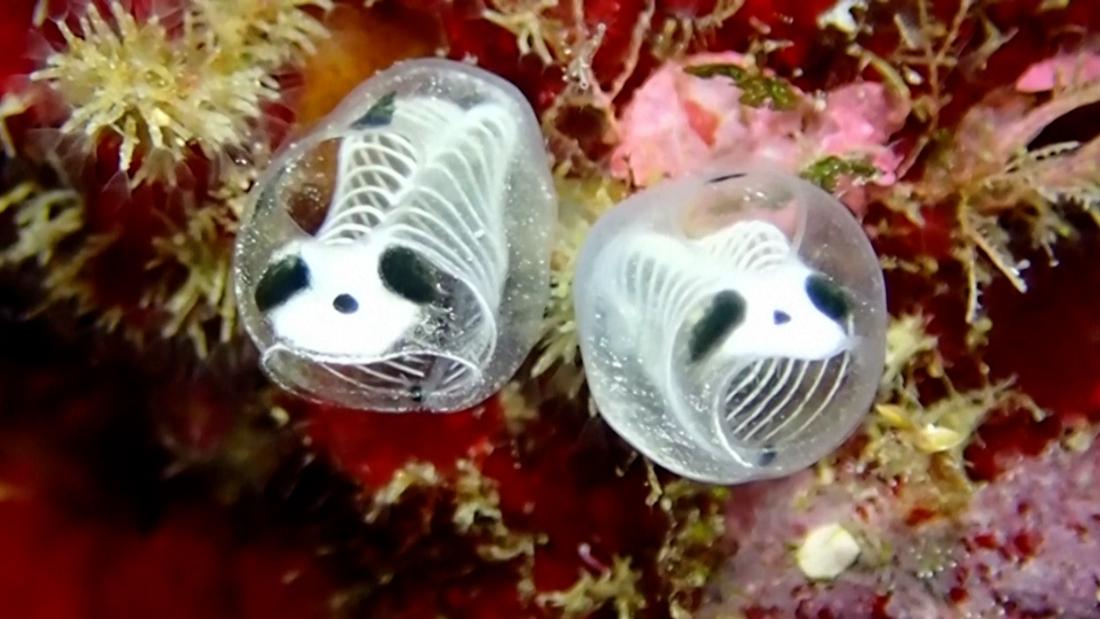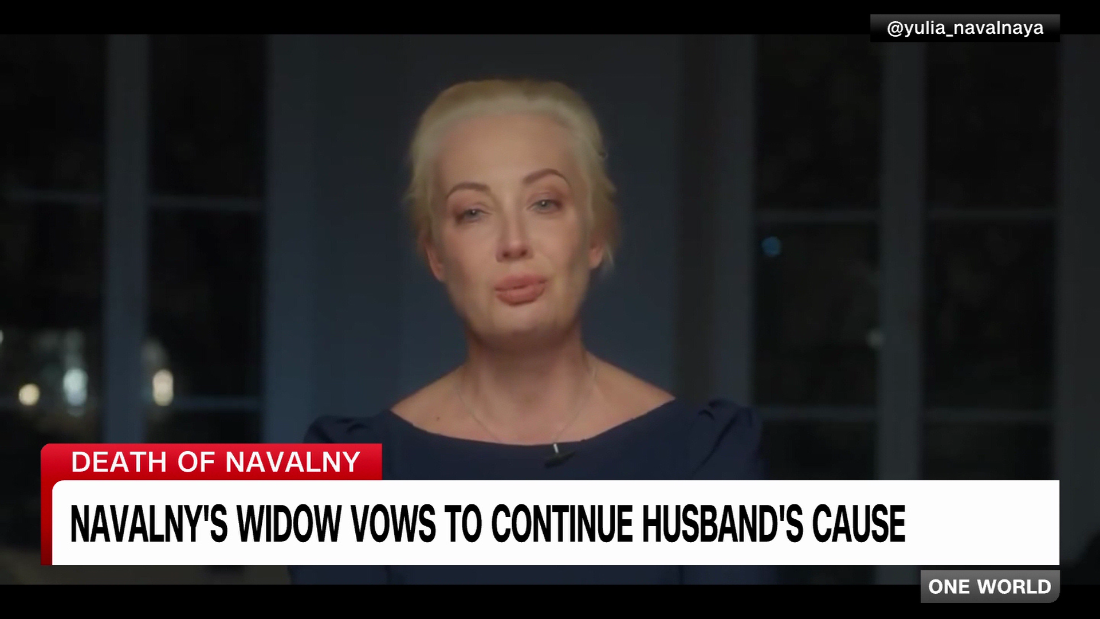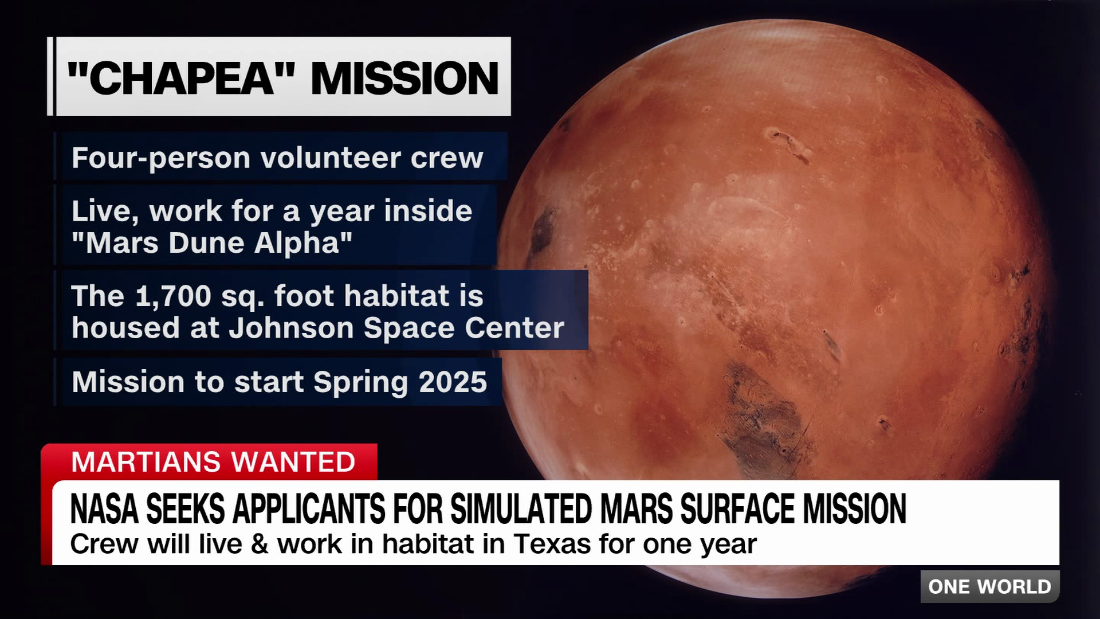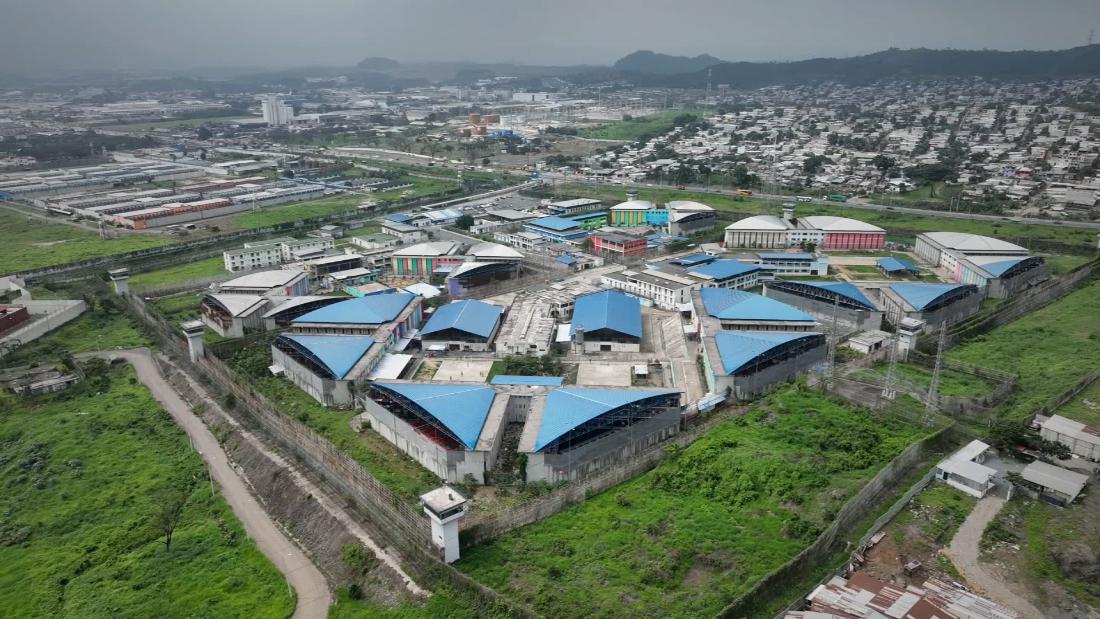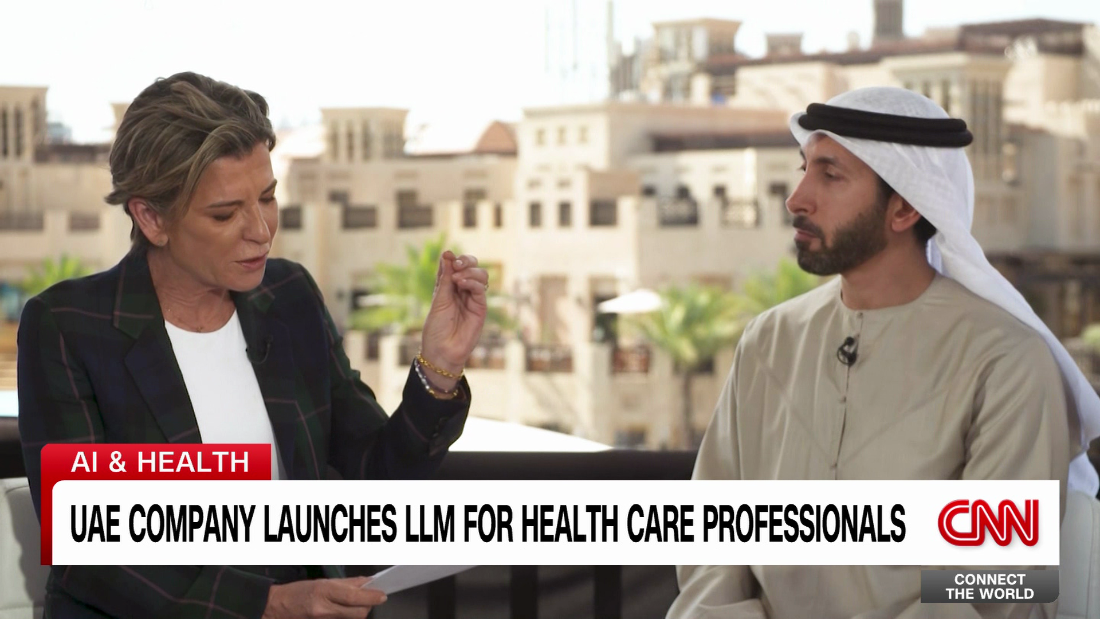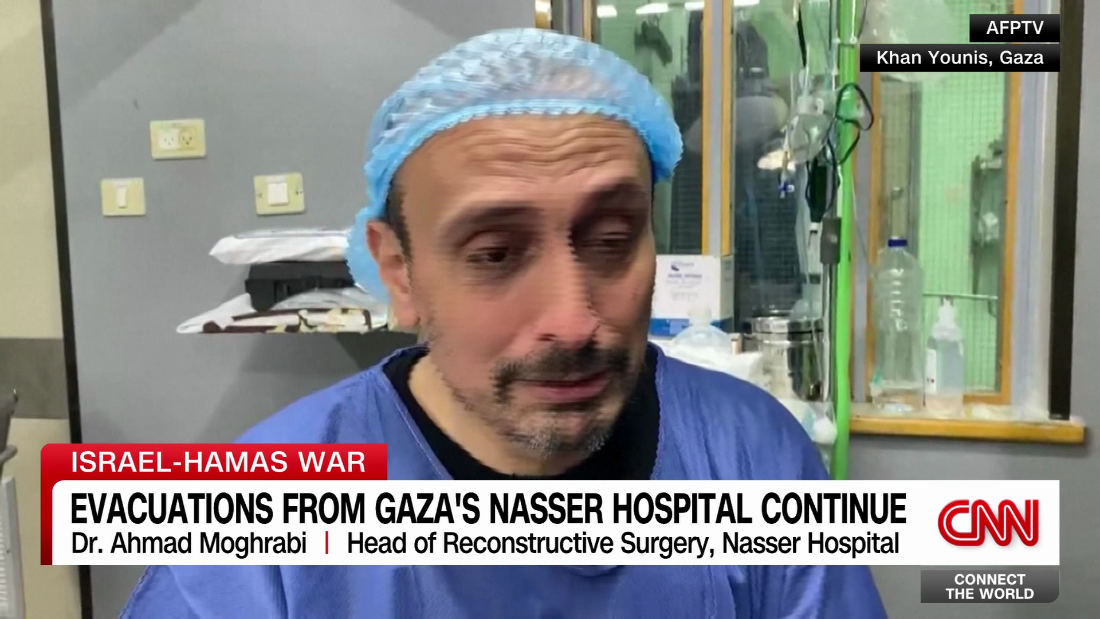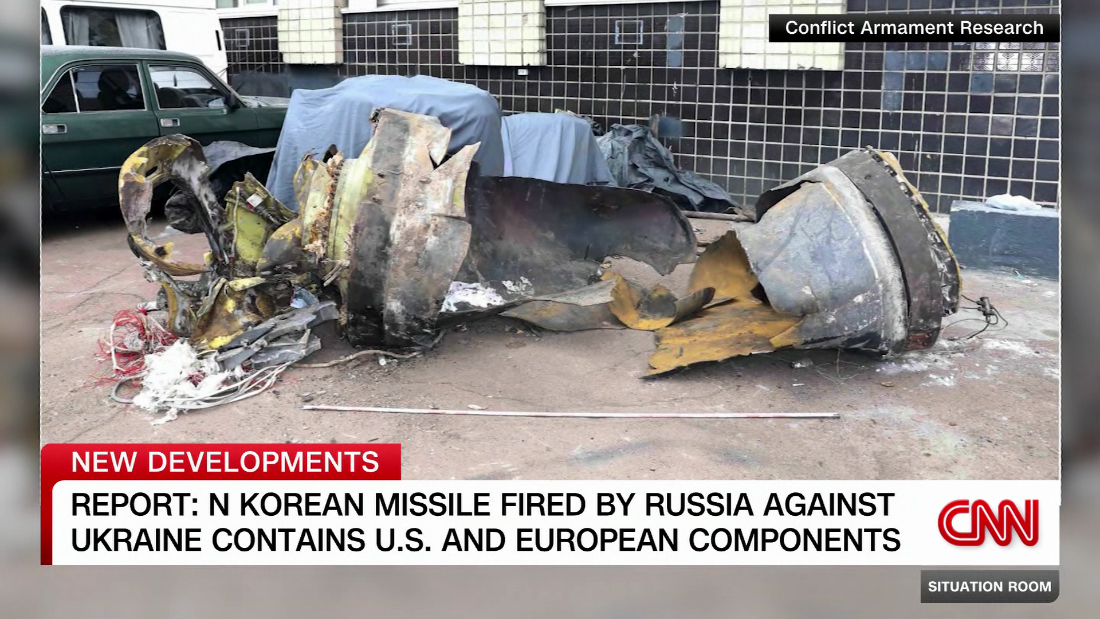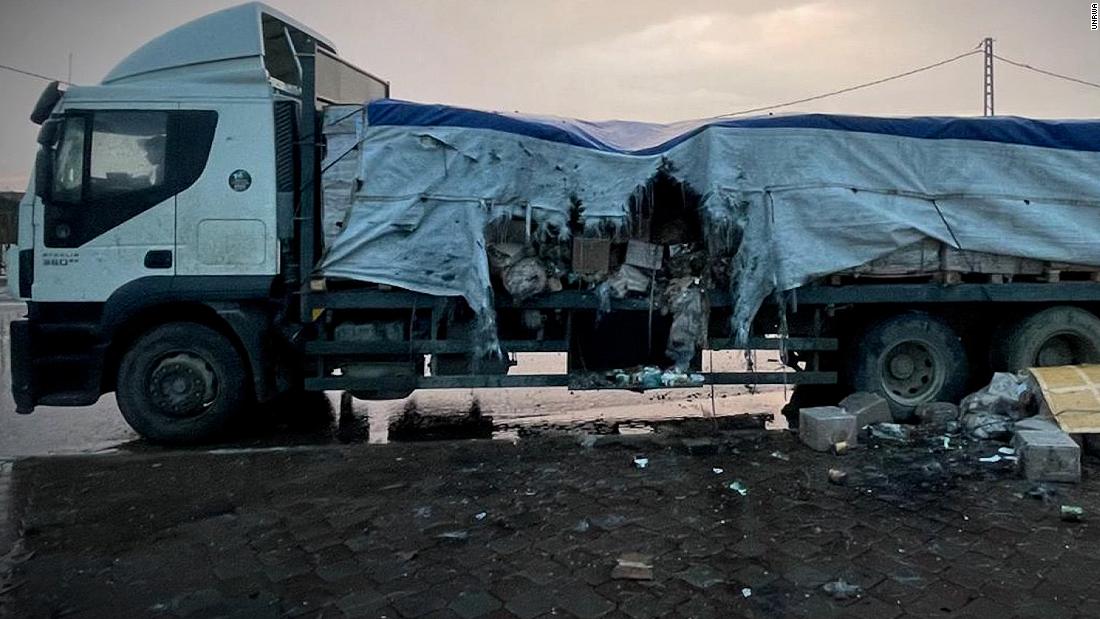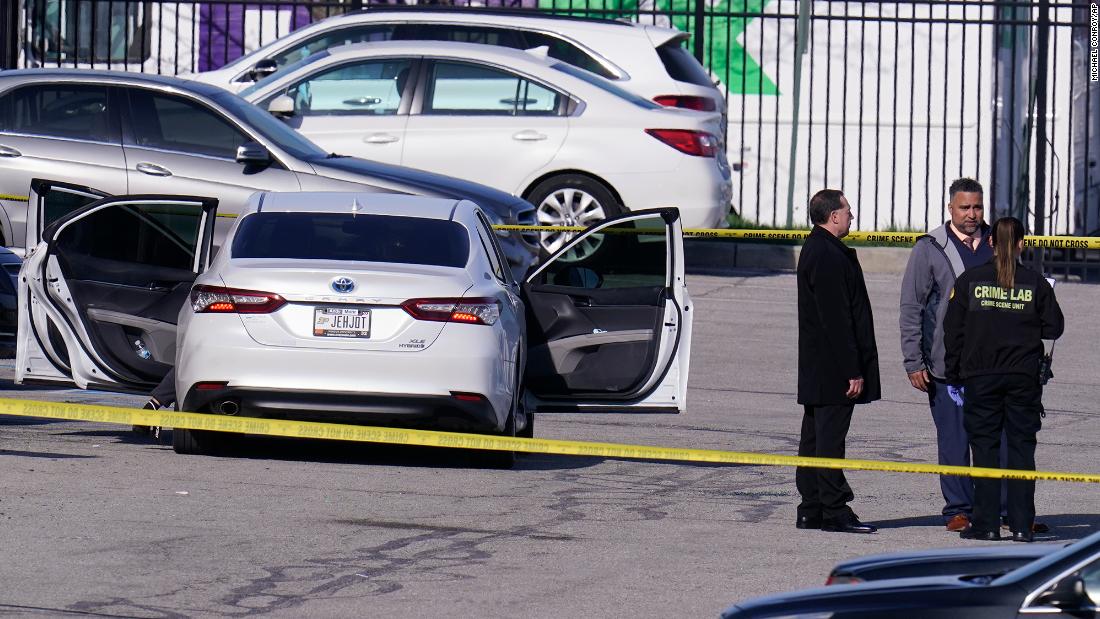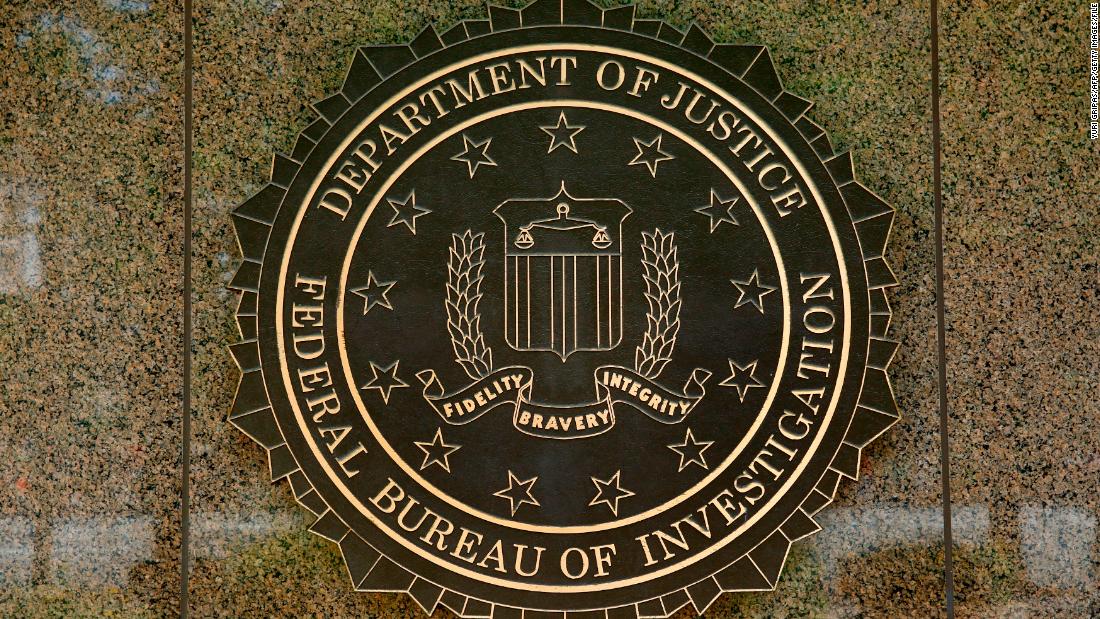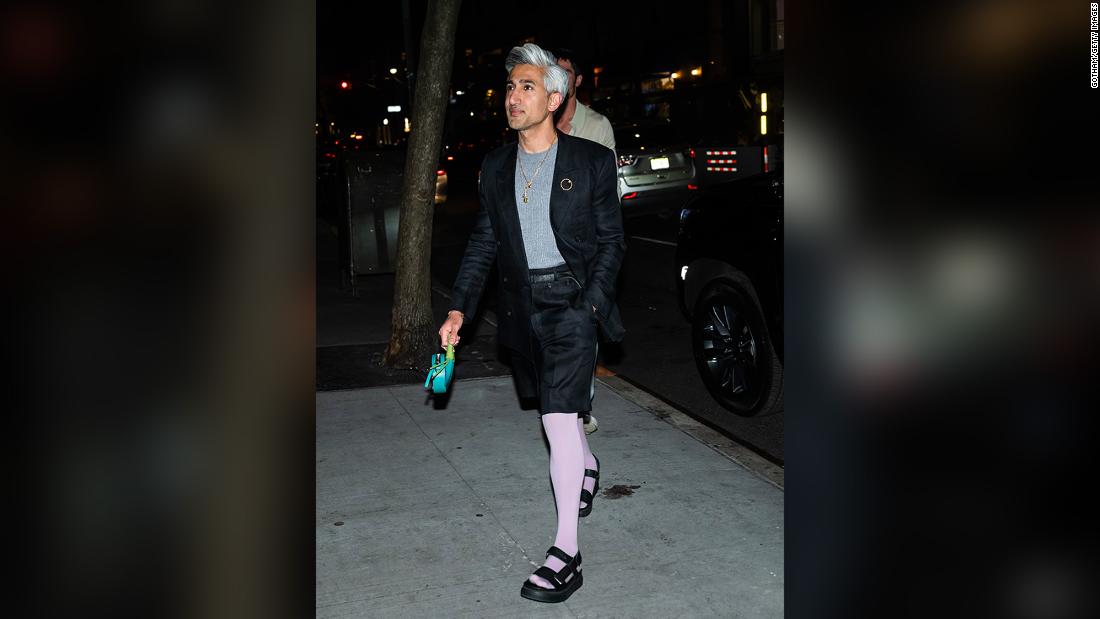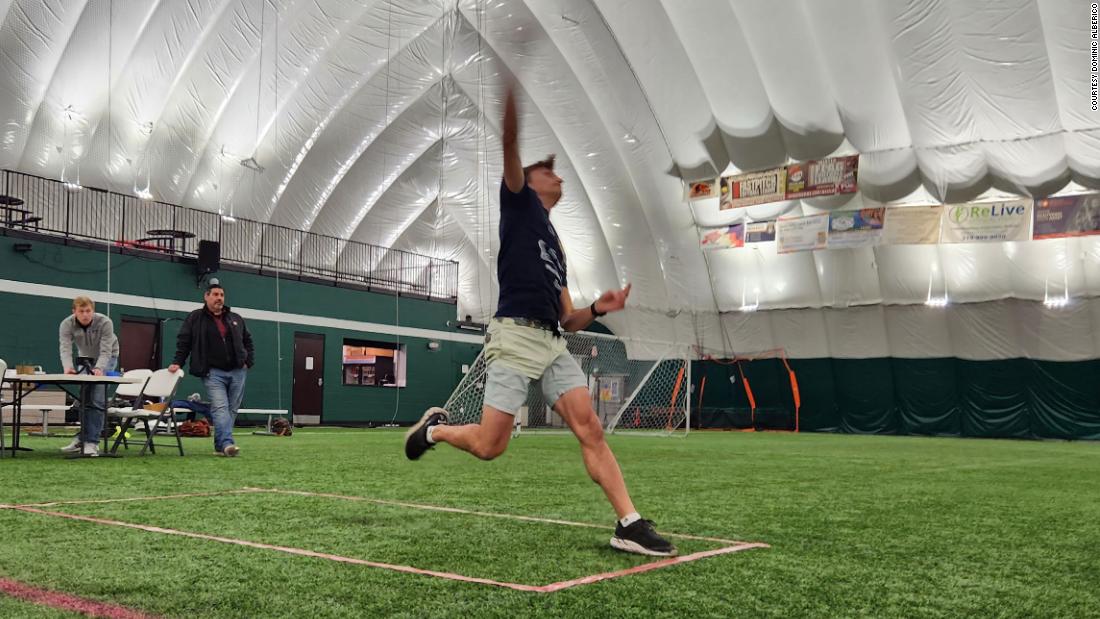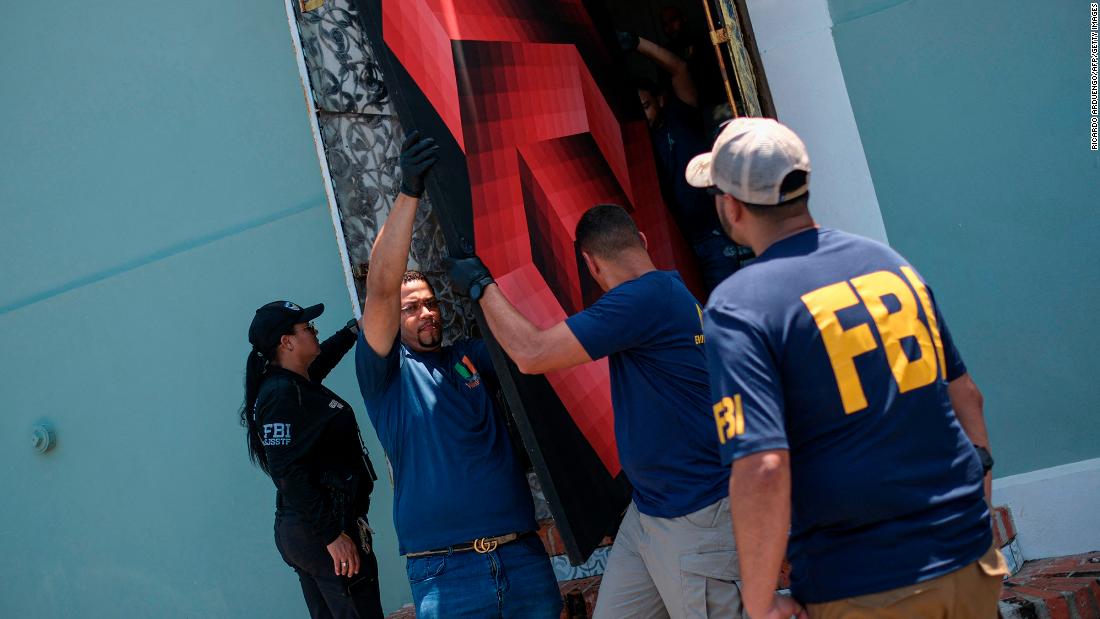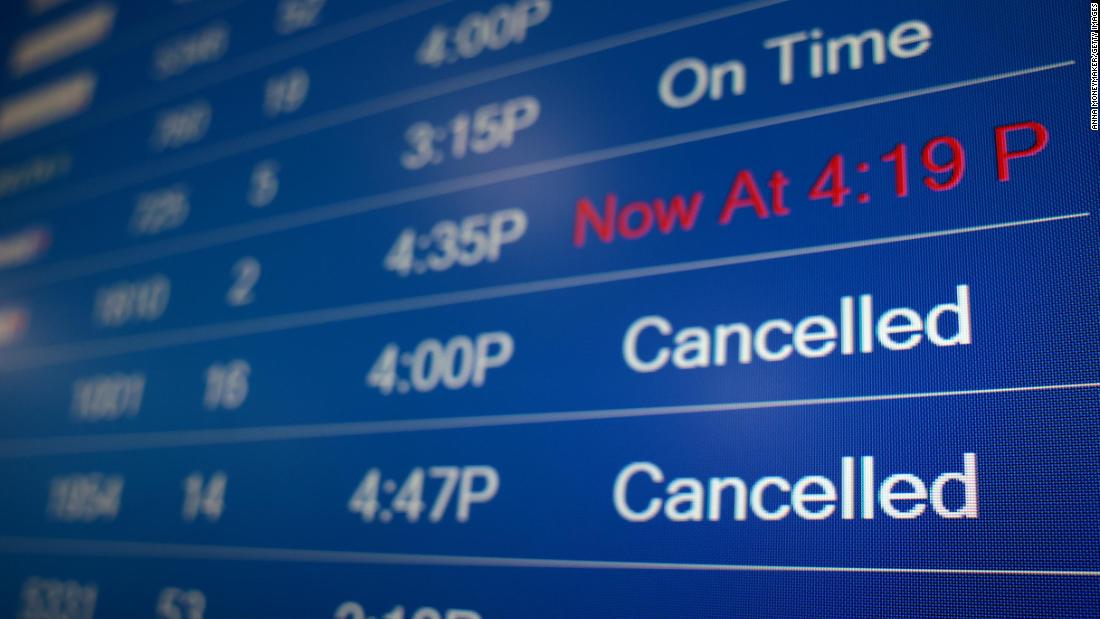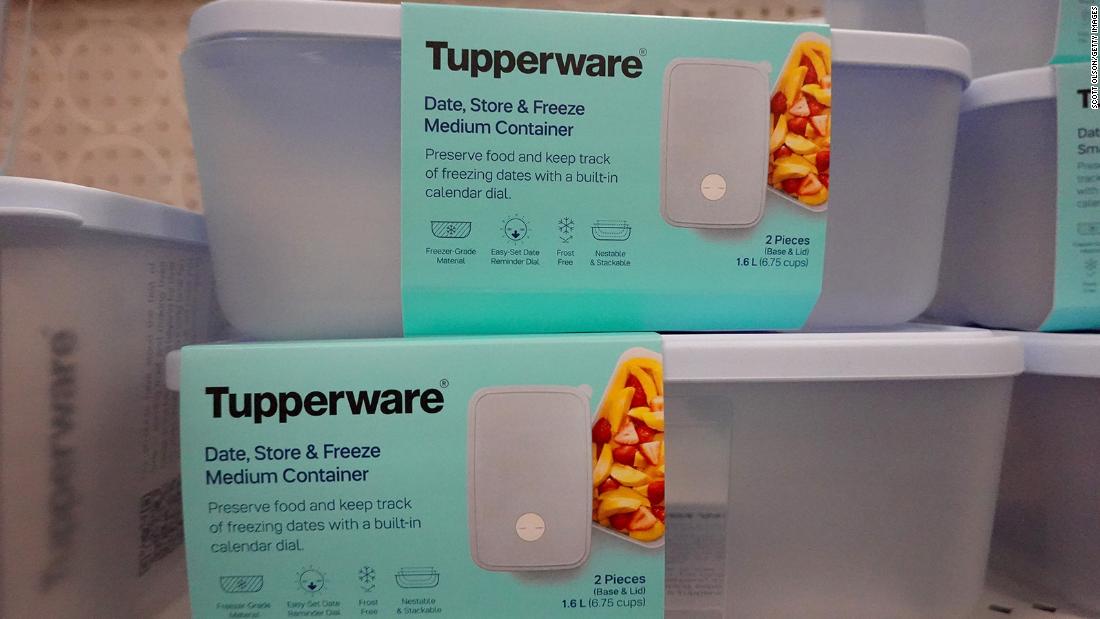TESCO has urgently recalled three lunchtime favourites over fears of diarrhoea and vomiting.
Shoppers have been warned “do not eat”, with the popular products pulled from shelves across the country.
GettyTesco has urgently recalled three lunch favourite over fears of diarrhoea and vomiting[/caption]
TescoChicken and Chorizo Pasta 285g, with use by dates July 24 and July 25, have been removed from stores[/caption]
TescoThe Feta and Semi Dried Tomato Pasta was also affected[/caption]
TescoShoppers were urged to return their Basil Pesto and Semi Dried Tomato Pasta[/caption]
The supermarket giant recalled three of their Tesco Pasta Salads over possible salmonella contamination.
Affected product batches include Tesco Basil Pesto and Semi Dried Tomato Pasta 225g with a use by date of July 24 2025.
The Tesco Chicken and Chorizo Pasta 285g with use by dates July 24 and July 25 have also been removed from stores.
Finally shoppers have been urged to ditch their Tesco Feta Semi Dried Tomato Pasta 290g with the use by date July 24.
The notice added: “If you have purchased the affected date code of the above product, please do not eat it.
“Instead, return it to any Tesco store for a full refund.
“No receipt is required. No other Tesco products are affected by this recall.”
Salmonella is a food bug and annual data from the UK Health Security Agency (UKHSA) reveals there has been a significant rise in salmonella infections in England.
Cases hit a record decade high in 2024, soaring by almost a fifth in a single year to over 10,000 cases.
But separate data this week revealed cases in the first quarter of 2025 were even higher than 2024, with some 1,588 cases logged between January and March 2025, up on the 1,541 reported over the same period in 2024.
Children under 10 years old were particularly affected, accounting for 21.5 per cent of cases.
Salmonella can cause a sudden bout of fever, vomiting and explosive diarrhoea, often striking within hours of eating tainted food.
The bacteria attacks the gut lining, damaging cells and stopping the body from soaking up water.
This is what leads to the painful cramps and nonstop diarrhoea as the body flushes out the water it couldn’t absorb.
Most people recover without treatment, but in rare cases it can turn deadly.
Around one in 50 sufferers go on to develop a serious blood infection, according to the World Health Organisation (WHO).
Young children, the elderly and those with weakened immune systems are most at risk of complications.
Salmonella lives in the guts of animals and humans and spreads through contaminated poo.
How to stay safe
The most effective way of lowering your risk of Salmonella involves adherence to the “4 Cs” of food hygiene:
1. Cleaning
Thoroughly wash hands before and after handling any foods – especially raw meat.
It’s also essential to keep workspaces, knives and utensils clean before, during and after preparing your meal.
2. Cooking
The bacteria that causes Salmonella infections can be inactivated when cooked at the right temperature. In general, foods should be cooked to an internal temperature above 65C – which should be maintained for at least ten minutes.
When re-heating food, it should reach 70C or above for two minutes to kill any bacteria that have grown since it was first cooked.
3. Chilling
Raw foods – especially meat and dairy – should always be stored below 5°C as this inhibits Salmonella growth.
Leftovers should be cooled quickly and also stored at 5C or lower.
4. Cross-contamination
To prevent Salmonella passing from raw foods to those that are already prepared or can be eaten raw (such as vegetables and fruit), it’s important to wash hands and clean surfaces after handling raw meat, and to use different chopping boards for ready-to-eat foods and raw meat.
Most Salmonella infections are mild and will go away in a few days on their own. But taking the right steps when storing and preparing your meals can significantly lower your risk of contracting it.
Food can get tainted if it’s grown in dirty water, handled with grubby hands, or touches surfaces exposed to animal waste.
This contamination can occur at any stage, from farm to fork, including irrigation with contaminated water, poor hygiene during harvesting, or cross-contamination during packaging.
That’s how fresh produce like tomatoes, especially when eaten raw, can end up crawling with the bug.
Salmonella can cling to fresh produce like tomatoes, and research suggests their texture makes them more prone to holding onto the bacteria.
The risk is even greater because tomatoes are often eaten raw, unlike cooked food, which would usually kill off any bugs.
It’s also commonly found in raw eggs, undercooked chicken and unwashed salad leaves.
Once salmonella gets onto a kitchen counter, chopping board or knife, it can survive for up to four hours, long enough to infect anything else that touches it.
This comes after another major supermarket issued an urgent recall this week.
The recall affects a popular ready meal from Waitrose.
It could pose an allergy risk as some packs have been misplaced and could contain undeclared allergens.
The Waitrose Indian Takeaway for 2 was recalled because “some packs have been mispacked with spring rolls, which contain sesame and soya, which are not mentioned on the label” the FSA announcement said.
This poses a health risk to anyone with sesame or soya allergies.
The recall affects the following products:
Waitrose Indian Takeaway for 2
Pack size: 1412g
Use by: 25 July 2025
Customers have been urged not to consume the product.
Waitrose’s recall notice instructs customers: “Do not consume. Package up item. Return the product to your local Waitrose and Partners Branch for a refund.”
It can be returned to your local Waitrose and Partners branch for a full refund.
Your product recall rights
PRODUCT recalls are an important means of protecting consumers from dangerous goods.
As a general rule, if a recall involves a branded product, the manufacturer would usually have lead responsibility for the recall action.
But it’s often left up to supermarkets to notify customers when products could put them at risk.
If you are concerned about the safety of a product you own, always check the manufacturer’s website to see if a safety notice has been issued.
When it comes to appliances, rather than just food items, the onus is usually on you – the customer – to register the appliance with the manufacturer as if you don’t there is no way of contacting you to tell you about a fault.
If you become aware that an item you own has been recalled or has any safety noticed issued against it, make sure you follow the instructions given to you by the manufacturer.
They should usually provide you with more information and a contact number on its safety notice.
In some cases, the manufacturer might ask you to return the item for a full refund or arrange for the faulty product to be collected.
You should not be charged for any recall work – such as a repair, replacement or collection of the recalled item.
Published: [#item_custom_pubDate]















